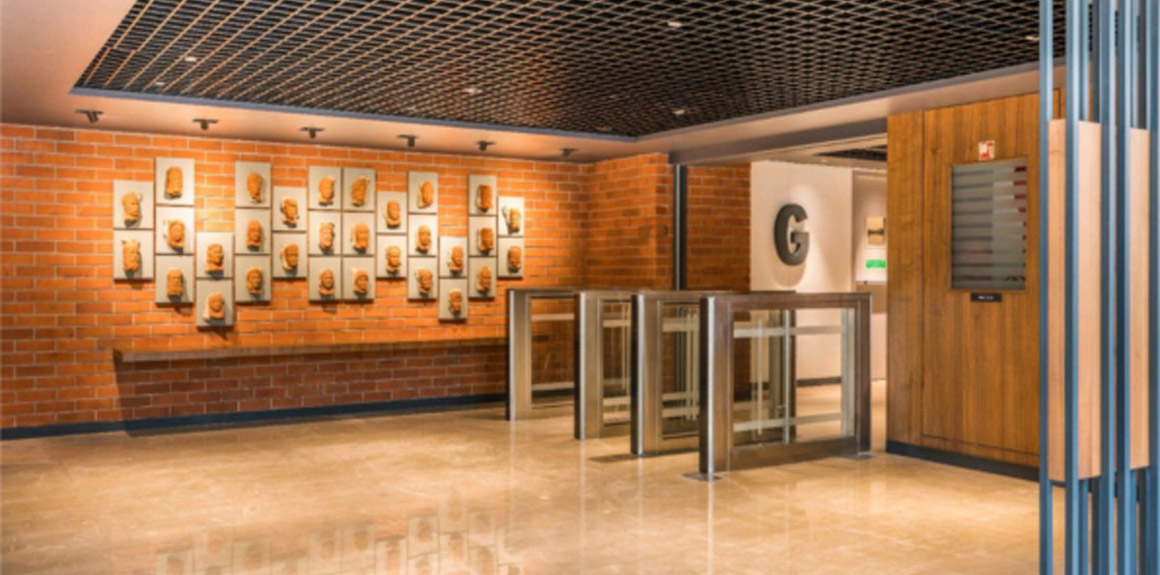Real estate has always mirrored the times, shaped by shifting lifestyles, evolving ambitions, and a deeper understanding of what people truly value in their spaces. Today, this has culminated in a design philosophy that puts people first – a more thoughtful, user-focused approach to building environments, seen across commercial and residential projects in Noida and other cities.
At its core, it’s about designing with empathy, crafting environments that respond to real human needs and behaviours.
The idea of human-centric design (HCD) was first introduced in 1958 by Stanford’s John E. Arnold, who believed engineering and design must consider the user.
Today, it’s guiding built environments for residential or commercial properties in Noida or any other Indian city, not just aesthetically, but experientially.
Let’s explore how this mindset is reshaping how we live and work:
1. Fostering Inclusivity
Good design meets people where they are – across ages, needs, and abilities.
India’s ageing population (over 347 million expected to be 60+ by 2050) is shifting demand toward more age-inclusive living. At Estate 360, our LiveWell offering in Gurugram is built to serve every generation, from children to older adults, with a blend of safety, comfort, and shared experiences.
Workspaces across any commercial property in Noida and other cities are becoming more mindful too, where ergonomic layouts and accessibility features support productivity for all.
This is where human-centric design shines: not just in catering to functionality, but in cultivating a sense of belonging.
2. Designing for Well-Being

Today’s spaces do more than shelter – they energise, calm, and connect. Modern developments are blending wellness amenities with intentional design: green zones, fitness studios, and breakout areas that encourage movement, mindfulness, and connection.
Max Estates’ offerings reflect this shift.
Shorter commutes also play a role, supporting a more balanced and fulfilling lifestyle. Our recently developed commercial property in Noida, Max Square, is located on the Noida-Greater Noida Expressway, one of the fastest-developing sectors in Noida, Sector 129. Max Square is conveniently accessible by both road and metro and connects to key destinations in the National Capital Region.
And as mixed-use developments grow, the lines between living, working, and relaxing blur, bringing daily life into one, walkable flow.
3. Prioritising Sustainability

Green design supports both people and the planet. From natural light to biophilic elements, sustainable spaces enhance mood and reduce environmental impact.
What was once a forward-thinking choice is now a fundamental expectation, with upcoming commercial and residential projects in Noida and other cities actively introducing green practices in their design philosophy to cater to the needs of an eco-conscious homebuyer market.
At Max Estates, sustainability is embedded in our blueprints, from zero water discharge and waste management to energy efficiency and community engagement.
4. Rooting in Culture
Spaces that reflect cultural context resonate deeper. By drawing from local traditions and design cues, architecture becomes not just practical but personal.
Our LiveWell offerings strike this balance – modern in form, yet rooted in Indian heritage. Several residential projects in Noida and other Indian cities are leaning towards this architectural approach to preserve heritage in modern real estate.
Ultimately, real estate is not just about buildings, it’s about creating environments where people can truly thrive, and human-centric design is helping developers achieve just that. The strategic approach is to take cognisance of the people who would be the future occupants of the space being developed. Their needs and preferences must be taken into account throughout the entire design process, from conceptualisation to operation. Human-centric design enables developers to create spaces that go beyond the conventional, enhancing experiences and enriching the quality of life for their tenants.









